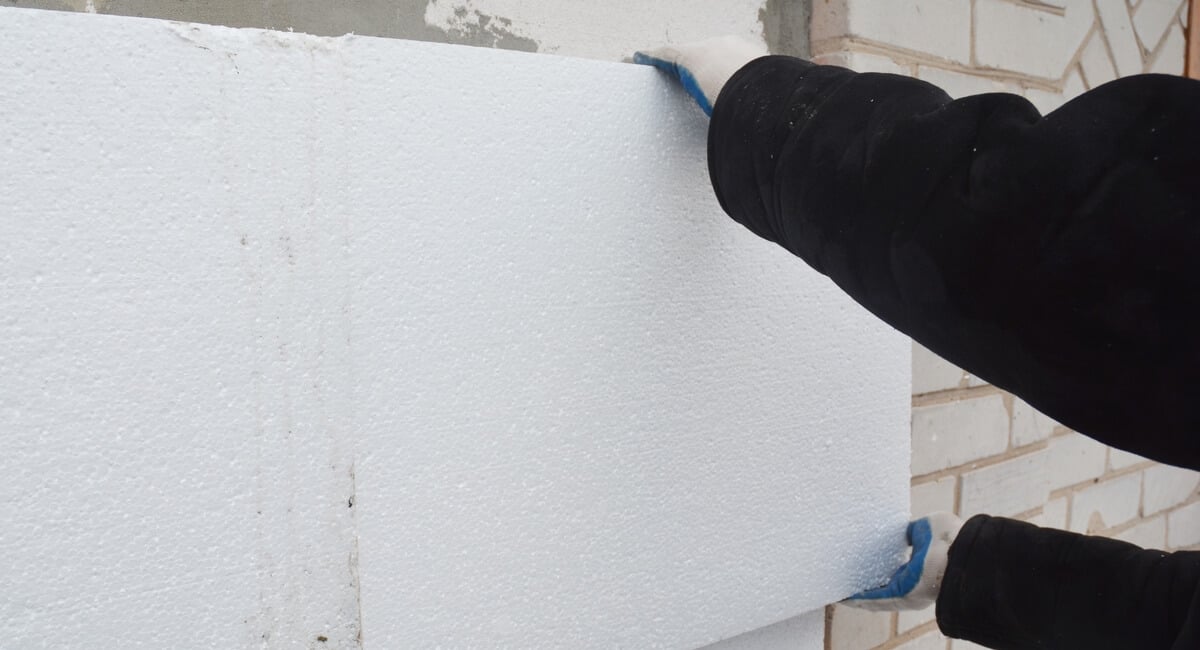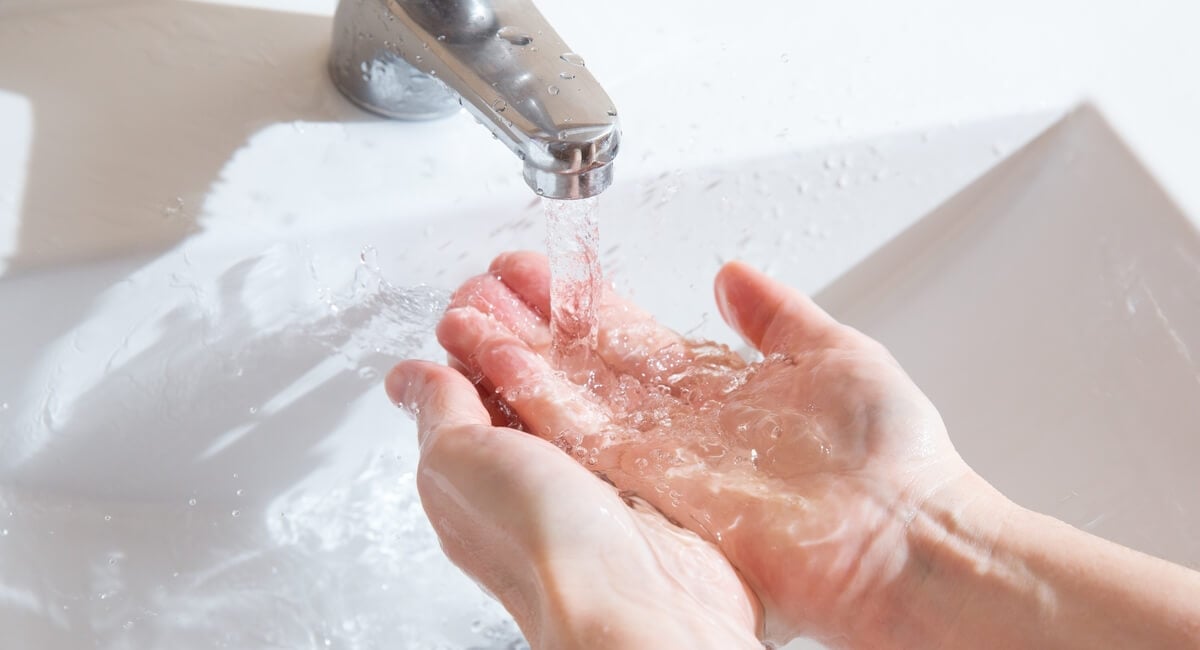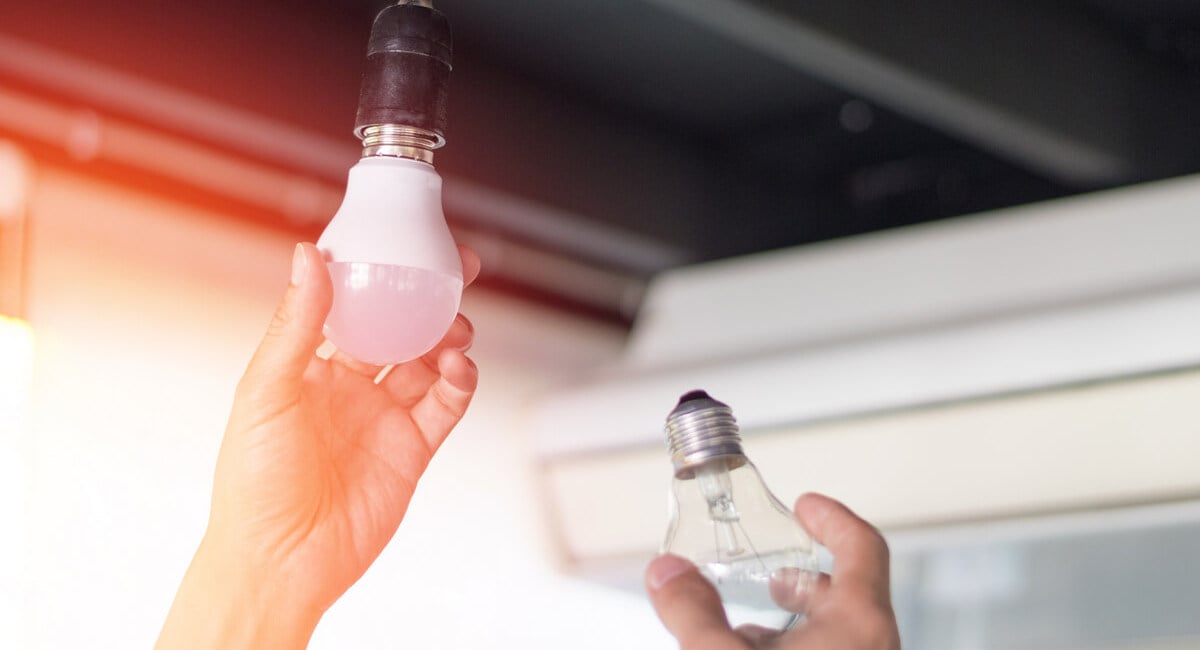Many homeowners are interested in following a green, environmentally sustainable lifestyle. If protecting the environment is important to you, you can start by looking for ways to make your home more eco-friendly. Fortunately, many green upgrades are also financially beneficial in the long run. Here are five ways you can embrace eco-friendly living in your home:

1. Insulate Your Home
Poor insulation is responsible for an enormous amount of energy waste. When your home constantly loses warm air in the winter and cool air in the summer, your HVAC system has to work much harder to keep up. Not only does this increase your home’s energy usage, but it can also cause excess wear and tear on the HVAC system and shorten its lifespan.
The most common places to install insulation include the attic, crawl space, basement, ducts, and exterior walls. Some types of insulation can be installed by homeowners as a DIY project. Others can be more dangerous and complicated to install and should only be handled by professionals. If you’re not sure about the state of your home’s insulation or whether you need to install more insulation, you should reach out to a professional for a consultation.
The price of installing insulation professionally varies depending on the size of your home, but most jobs cost a few thousand dollars. However, you’ll save money on your heating and cooling bills over time. Additionally, insulation is included in the Energy Efficient Home Improvement Credit, a tax credit that allows you to claim up to 30% of your expenses when making eco-friendly upgrades to your home.

2. Reduce Water Usage
Cutting back on water usage is one of the easiest and most effective ways to promote eco-friendly living in your home. First, you should make sure no water is being wasted through leaky taps. Even a seemingly small leak can amount to hundreds of gallons of wasted water. Make sure to check your toilet for leaks, too.
You can also conserve water in your home by making a few simple lifestyle changes. The average shower head uses 2.5 gallons of water per minute, so reducing your showering time by a couple minutes can make a big difference. Turning off the water while brushing your teeth and shaving helps, too. You should also try to avoid leaving the water running constantly while washing dishes, cleaning vegetables, or completing other kitchen tasks. Whenever possible, only run your dishwasher and washing machine with full loads to reduce how frequently you use them.
Plumbing upgrades can reduce your water consumption as well. For example, low-flow toilets can save over 10,000 gallons of water per year for the average household. Low-flow shower heads are another great upgrade that can reduce your home’s water usage by thousands of gallons per year.

3. Switch To LED Light Bulbs
LED light bulbs have a number of advantages over traditional bulbs. Most importantly, they use 50% to 75% less energy than regular light bulbs, which can dramatically reduce your home’s energy usage. LEDs emit far less heat than traditional bulbs, so they can produce the same amount of light while eating up only a fraction of the energy. The bulbs also aim light in only one direction, so less light and energy are wasted.
LED lights have a much longer lifespan, too. They may be more expensive to purchase, but they’ll last for years without burning out. Additionally, the bulbs are more durable than traditional lights, so you’re less likely to break them by accident. As your current lights burn out, start replacing them with LEDs to make your home more energy-efficient. Switching to LEDs is one of the easiest DIY home improvements you can take on.

4. Reuse Old Items
Excess waste is one of the biggest problems the environment faces today. Unfortunately, it’s easy to purchase cheap goods that break after a few uses and then throw those items in the trash. To reduce your carbon footprint and promote eco-friendly living, try to reuse as many items as possible in your home.
Before you purchase anything, ask yourself if you really need it or if you already own something that can serve the same purpose. Before throwing anything away, ask yourself if it has any alternative use in your household. For example, you can rinse out glass sauce, jelly, or pickle jars and use them as food storage containers. You could cut old towels or T-shirts into cleaning rags and use old toothbrushes to scrub hard-to-reach spots. Plastic grocery bags make great liners for small trash cans, and you can save gift bags to reuse for future occasions.
Investing in reusable alternatives to single-use items can be beneficial for the environment, too. Reusable grocery bags, food storage containers, straws, and coffee cups are all great purchases if you don’t already own similar items.

5. Update Your Landscaping
Eco-friendly upgrades don’t only have to happen within the walls of your home. Your yard may provide an excellent opportunity to make your property more environmentally friendly. Traditional turf grass consumes an enormous amount of water and pesticides without offering much to the ecosystem in return. Instead, you could foster a yard full of plants and flowers that are native to your area. These plants support bugs and bees and help to promote richer soil.
Two popular alternatives to turf grass are moss and clover. Both of these plants are low-maintenance and don’t require mowing. Not only does this save you time, but it also helps you reduce your carbon footprint by avoiding using your lawn mower. Moss and clover lawns both promote biodiversity, too.
Avoiding pesticides and chemical pest repellents is another valuable way to encourage eco-friendly living. Pesticides are partly responsible for the drastic decline in the population of bees and other important creatures. If you have pest issues around your home, look into natural pest control methods before resorting to pesticides.
Environmentally friendly home upgrades offer many benefits. They reduce your household’s environmental impact, make your home run more efficiently, and save you money over time. You can start small by focusing on reducing your household waste, upgrading your light bulbs to LEDs, or fixing leaky faucets. If you want to take on bigger and even more impactful projects, you could invest in new insulation, install low-flow toilets, or plant native plants in your yard. There are practically endless ways you can make your home more eco-friendly, so you can choose the projects that feel the most important and enjoyable to you. Even one change can make a lasting difference for your family and for the environment.


